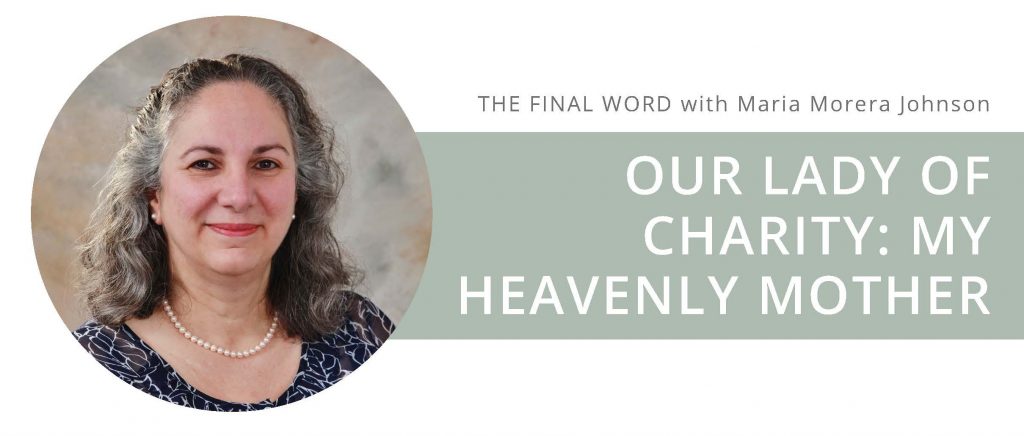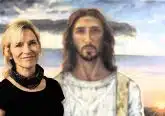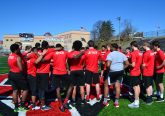The Final Word: Our Lady of Charity: My Heavenly Mother

Growing up Catholic and Cuban-American in the Bible Belt of the Deep South in the late 1960s proved challenging. I experienced the awkwardness of passing on that tasty Sloppy Joe sandwich on Fridays and the humiliation of being picked up early from slumber parties because my parents couldn’t wrap their minds around spending the night at a friend’s house for the fun of it.
The intersection of my Catholic and cultural identities led to a strong devotion to the Blessed Mother under the title of Our Lady of Charity, the patroness of my birthplace, Cuba. The virgencita (little Virgin) was always present in my home. My mother often used this endearment for the Blessed Mother, and in this simple way introduced a familiarity and intimacy with the Mother of God that has served me well in my faith.
When I started attending parochial school, I wore my OLC medal among a sea of miraculous medals worn by my classmates. I remember thinking I had a unique relationship with Mary because I knew her under a title no one else knew. As I got older, I learned about the hundreds of beautiful titles for the Mother of God, and even grew in devotion to several that spoke to me at different seasons of my life. When I became a naturalized citizen, I adopted the patroness of the U.S., the Immaculate Conception, as my go-to image of Mary. Our Lady of Guadalupe, too, became a powerful influence as patroness of the Americas, encompassing all my cultural roots, both North and South.
Although I now had many titles with which to relate to Mary, Our Lady of Charity continued to tug at my heart. Although she is often depicted floating above a canoe with three men caught in a storm at sea, the real story of Our Lady of Charity is not an apparition, but rather a miraculous answer to a desperate plea for safety in a sudden storm.
Three men went out to gather salt in the marshes of the Bay of Nipe on the eastern coast of Cuba in 1612. Their boat rocked in the uncertain seas as a storm threatened their lives. They called out to the Blessed Virgin Mary to keep them safe, and suddenly the storm calmed and a little statue strapped to a board appeared floating next to their boat. Astonishingly, the statue was not wet. The men, certain it was a sign of favor from the Blessed Mother, returned to their village where they venerated the Blessed Mother under the title that was scratched onto the board where they found her.
Just as these men turned to Mary for solace some 400 years ago, I turn to her today, especially in the many storms I’ve encountered in my life. I think of her, near me, consoling and watchful as a good mother, like my own good mother whose love is undeniable. Mary is always present to me and brings the Child Jesus. Gazing upon the image of Charity instructs us in both the Incarnation and the Passion of her Son. She holds the infant Jesus under her heart in one hand and the cross of His Passion in the other. Her name, Charity, evokes love in all its forms.
In 2015, I was blessed with the opportunity to return to Cuba with my mother, almost 50 years to the day that we left as political and religious exiles. Together, we traveled not as mother and daughter, but as daughters of Mary on a pilgrimage to the National Basilica Shrine of Our Lady of Charity of El Cobre. There, I pledged myself to her and her Son, Jesus, promising to share with the world a devotion that yearns to unite us all as brothers and sisters in Christ. Our Lady of Charity, pray for us.
Maria Morea Johnson is the author of the award-winning books Super Girls and Halos, My Badass Book of Saints and Our Lady of Charity.
This article appeared in the May 2021 edition of The Catholic Telegraph Magazine. For your complimentary subscription, click here.













